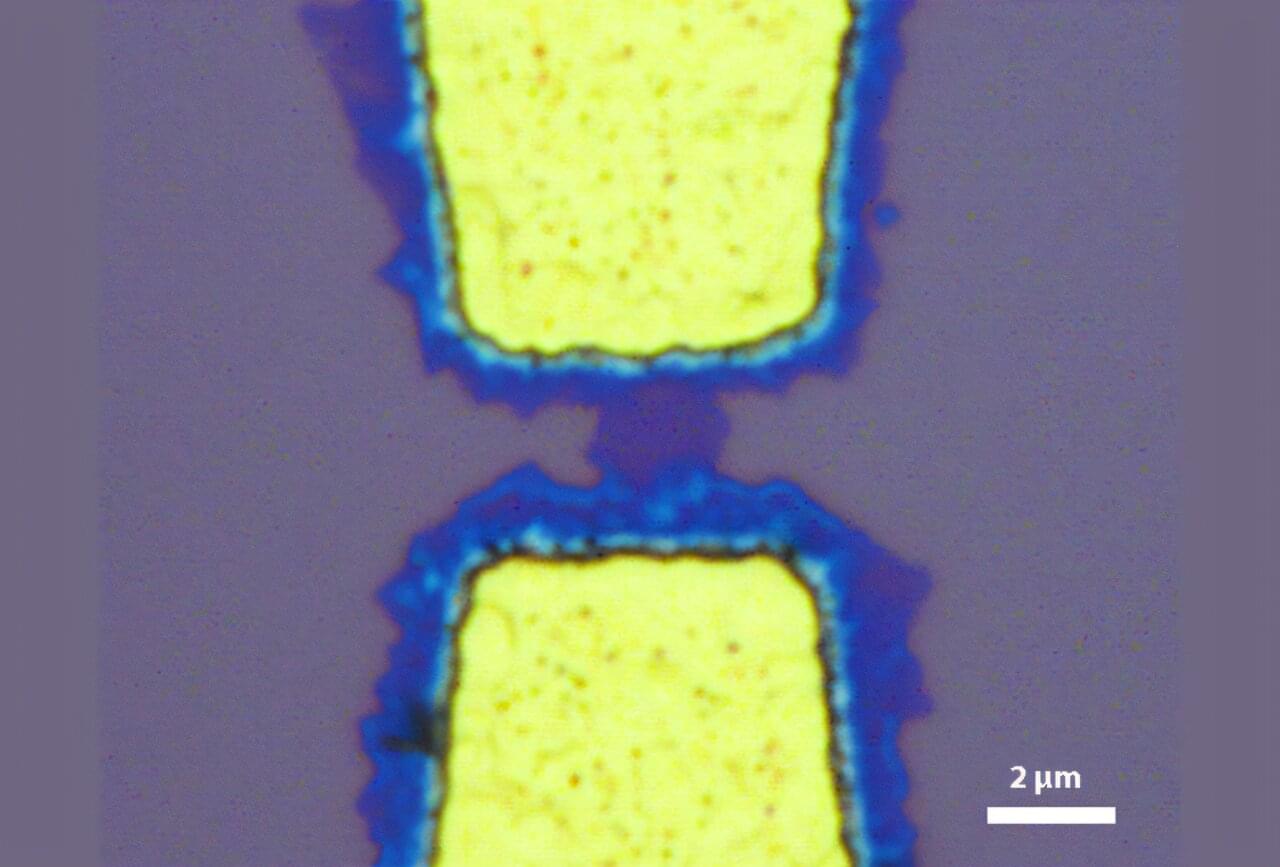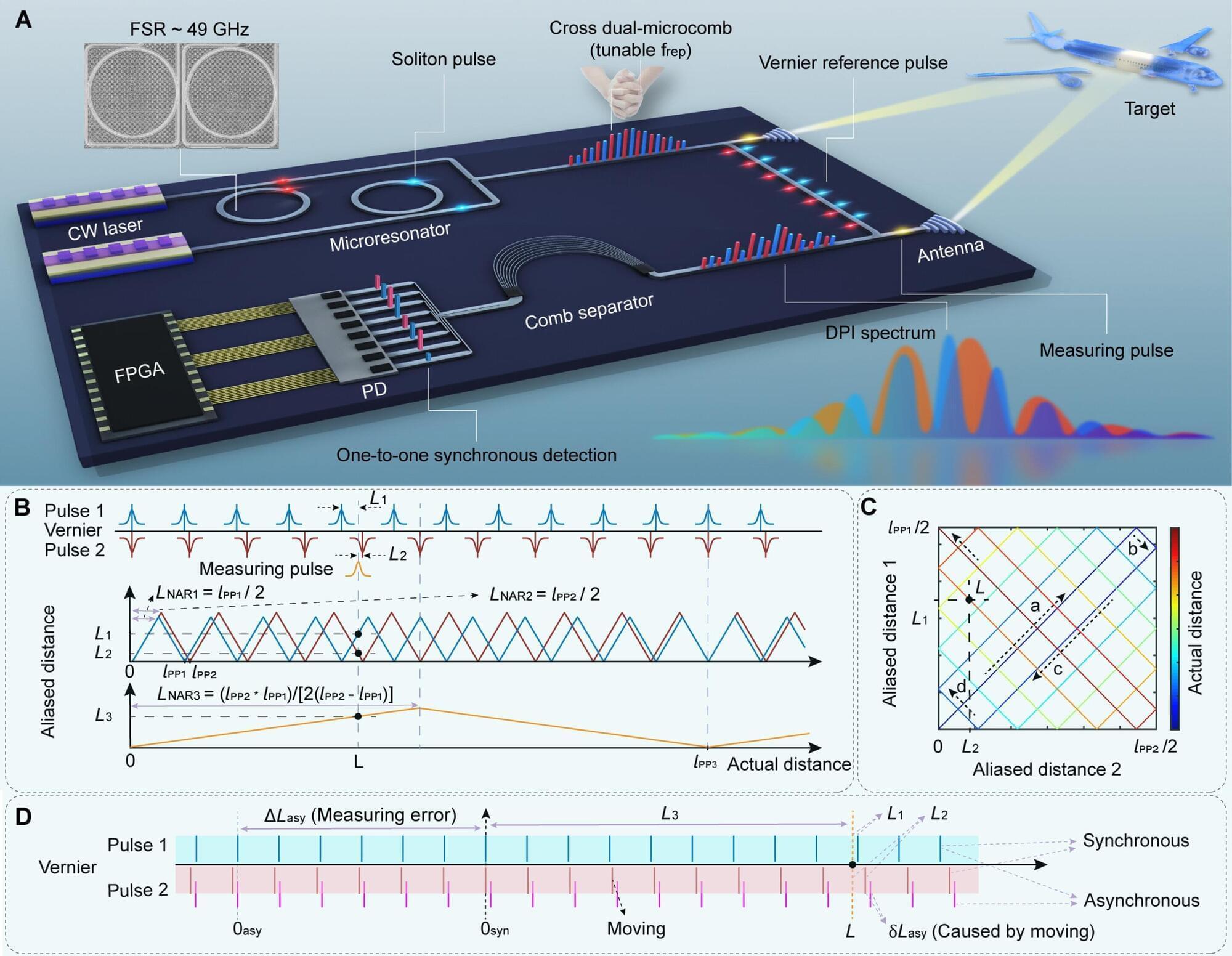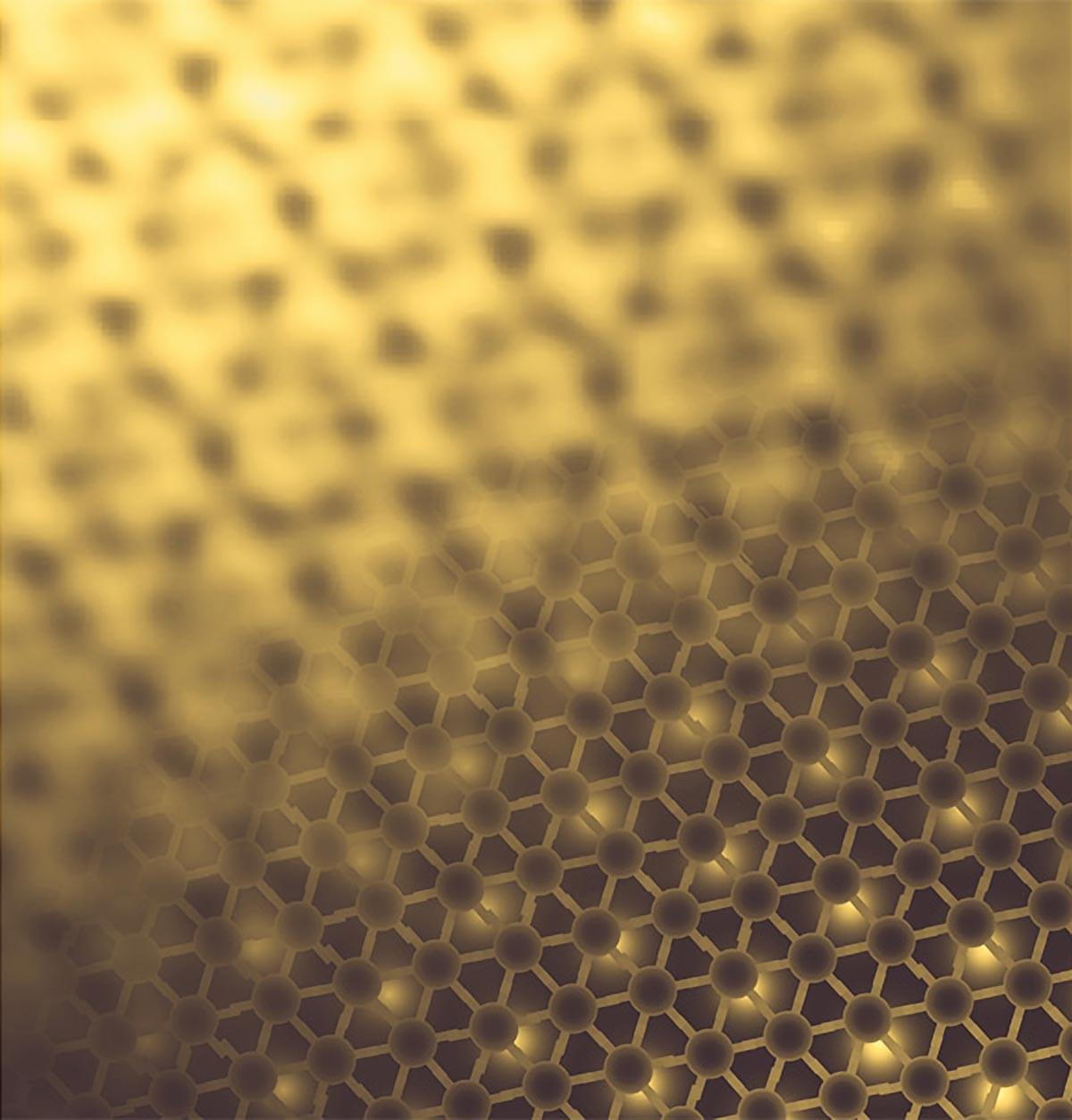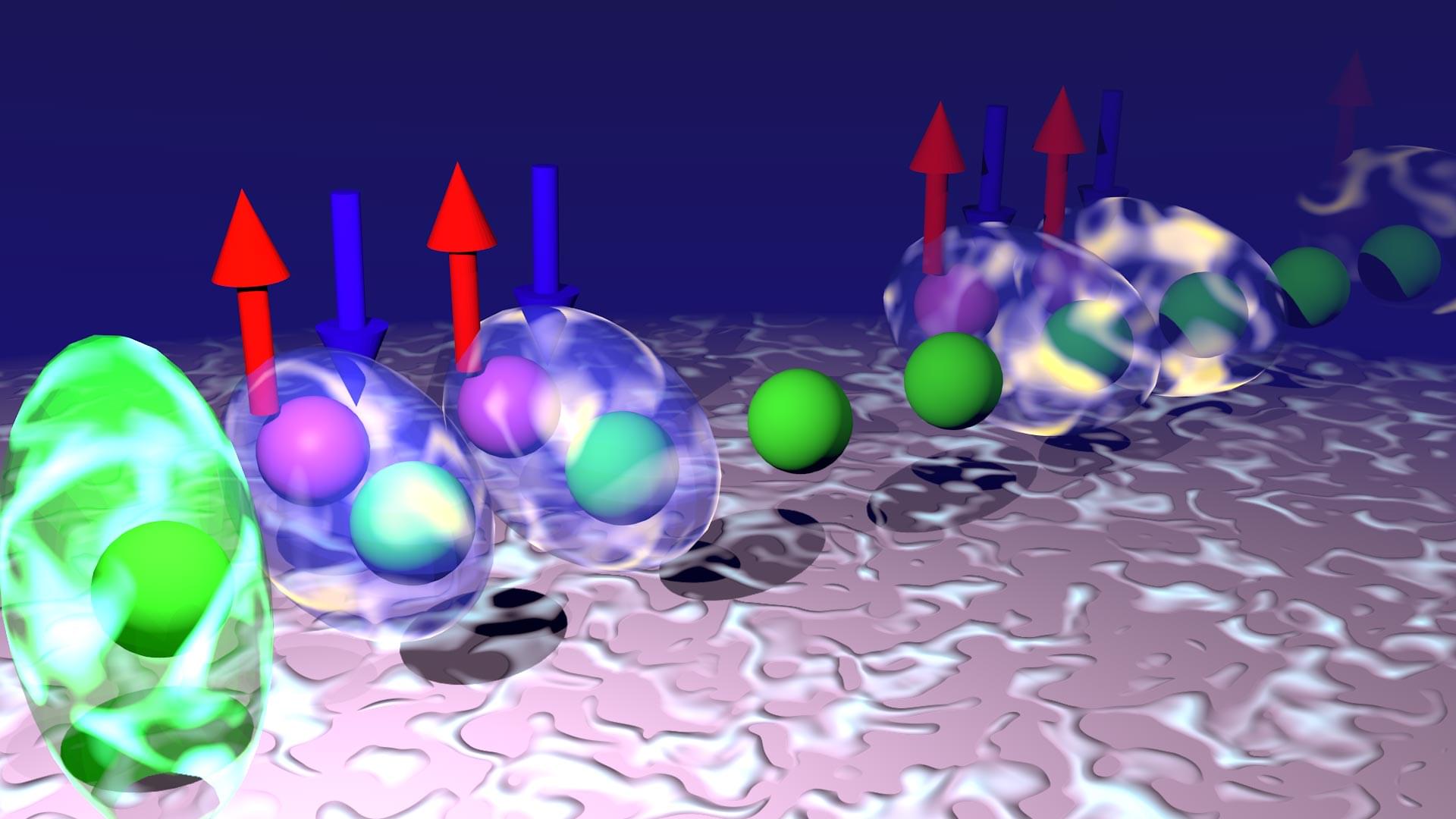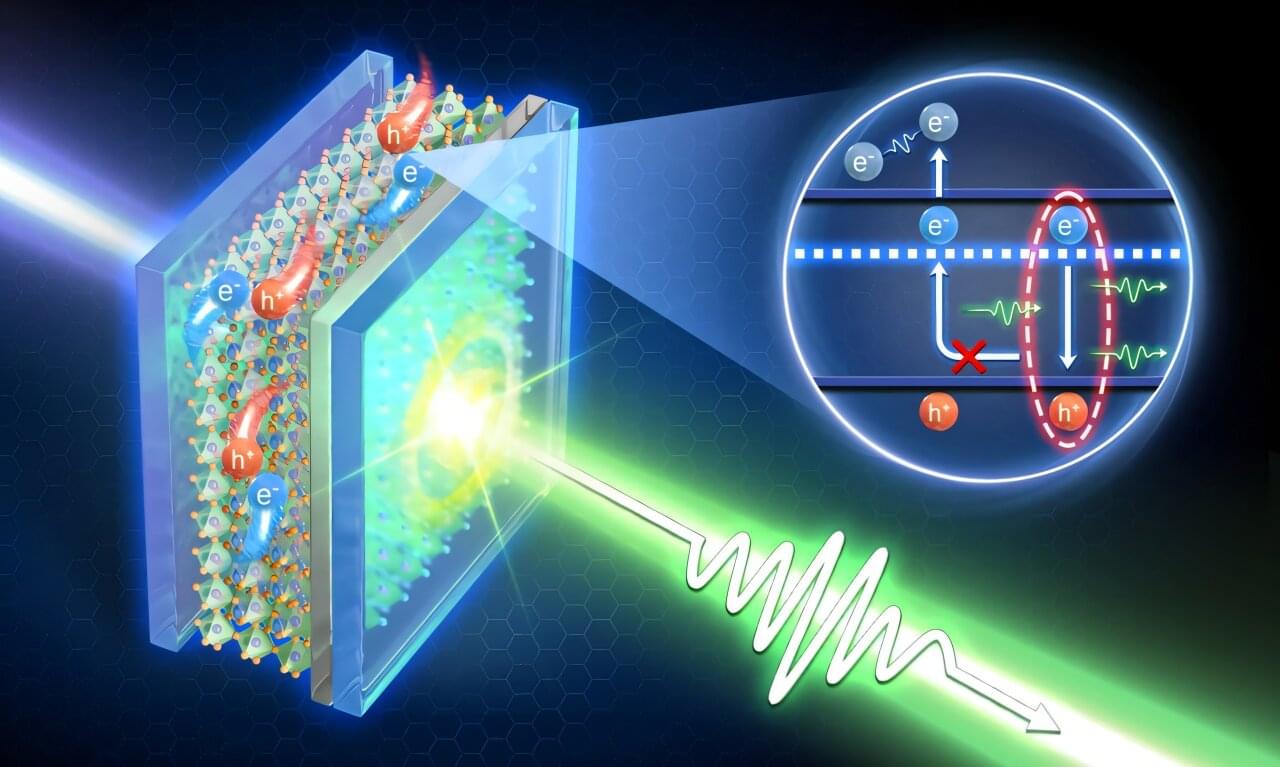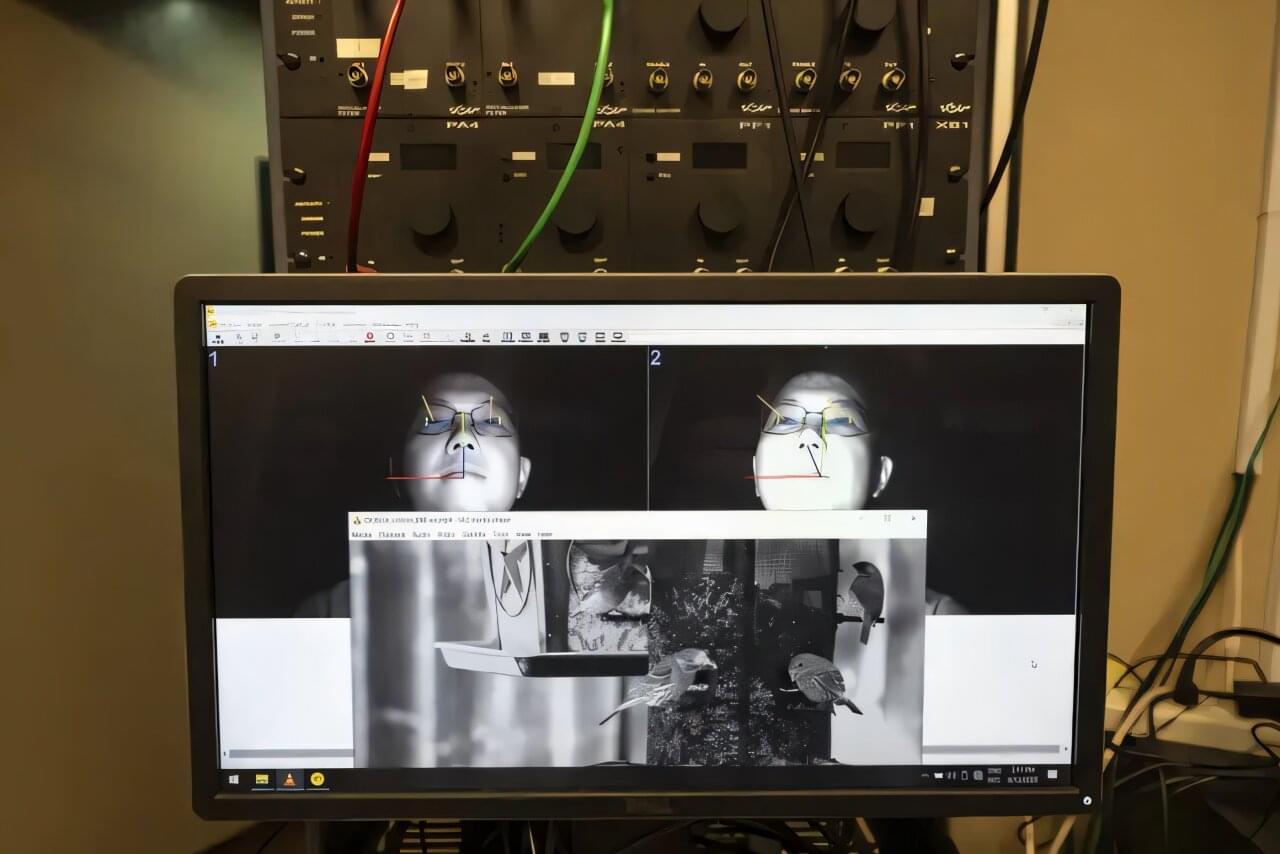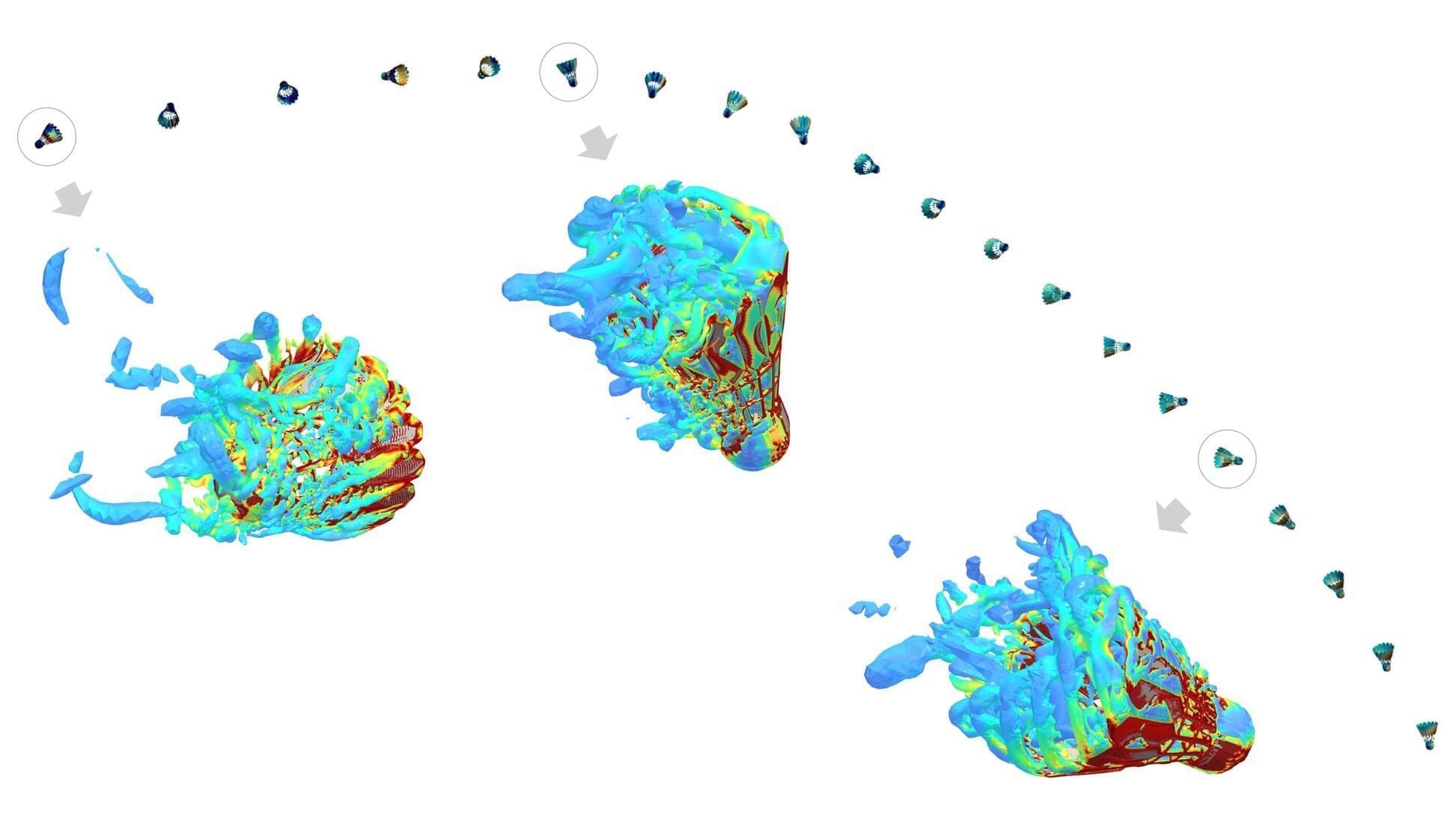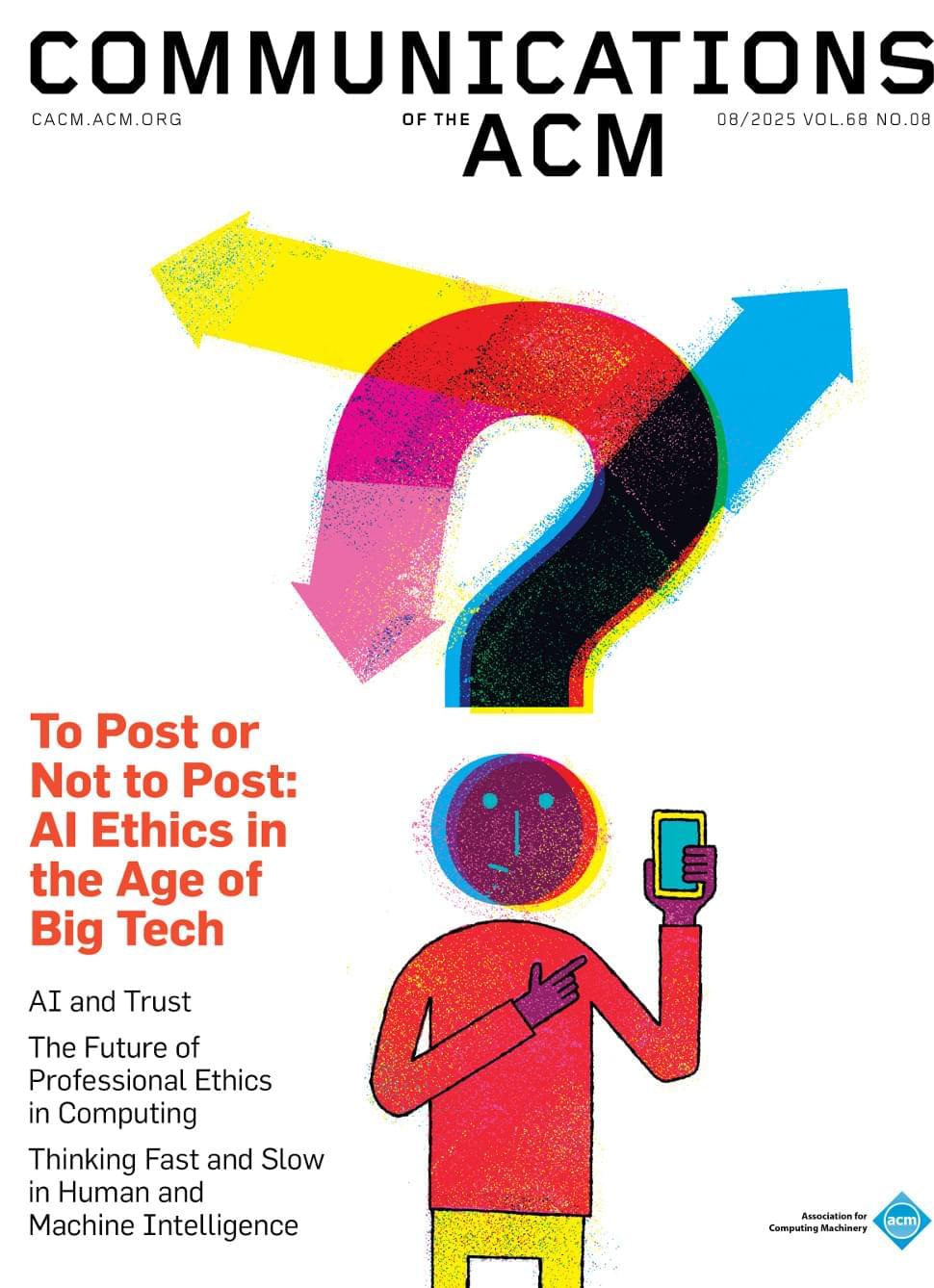To build a large-scale quantum computer that works, scientists and engineers need to overcome the spontaneous errors that quantum bits, or qubits, create as they operate.
Scientists encode these building blocks of quantum information to suppress errors in other qubits so that a minority can operate in a way that produces useful outcomes.
As the number of useful (or logical) qubits grows, the number of physical qubits required grows even further. As this scales up, the sheer number of qubits needed to create a useful quantum machine becomes an engineering nightmare.

